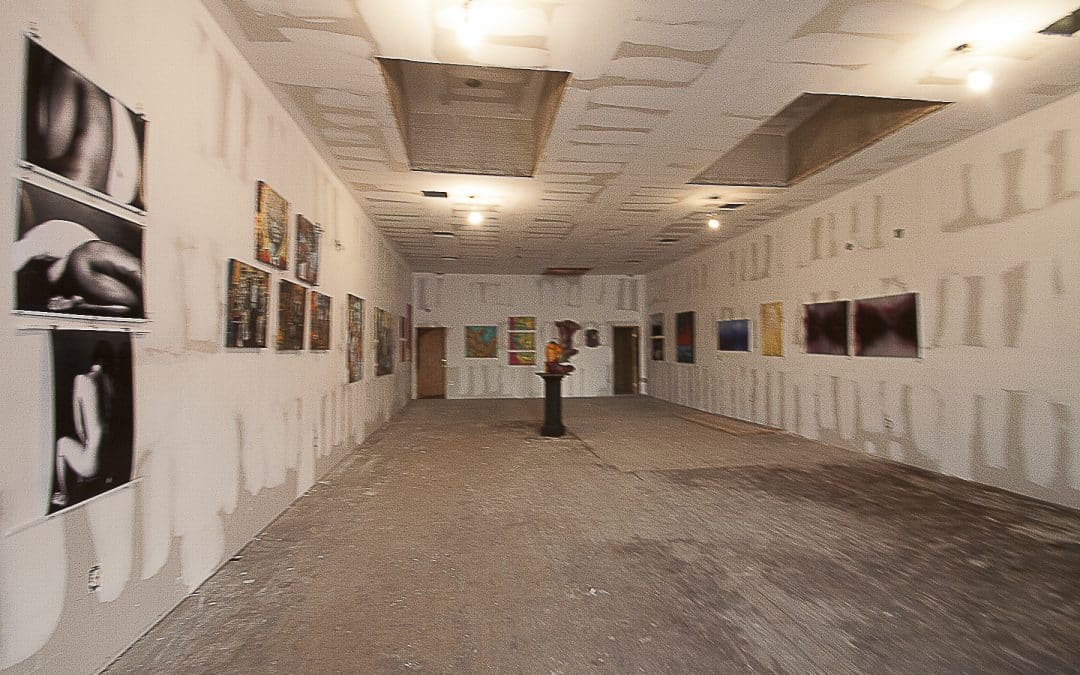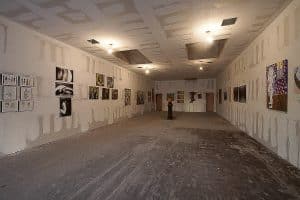Since October of 2014, Artfront Galleries has produce 7 shows in venues from Grafton Avenue to Market St. More than 8 curators and 50 artists have found “wall space” to show work. Ideally, a show will host 9 to 10 artists with 5 to 7 pieces each. While and emphasis is placed on local artists we deliberately solicit 30% participation from surrounding areas. The idea is to bring artists (and their clientele) from outside of Newark to expose the Newark arts community to more exposure and vise a versa. Art must not be incestuous. Plans are proceeding for 4 shows in May and June of 2016. This is a “steal this book” idea. We are hoping that other groups will replicate this project in the South Ward and all other parts of Newark. The underlying goal of this project is to make Newark an “art destination” the equal of Lower Manhattan or Brooklyn in the next two election cycles.
There is a downside to this project if it is ultimately successful. Revitalized neighborhoods will attract developers, who will attract tenants and “immigrants” (hipsters and yuppies from Northern Counties of New Jersey and New York City). Prices will rise and available “maker space” will dwindle as has happened in Lower Manhattan, Hoboken, Jersey City and, yes, Brooklyn. The arts community, which helped mightily in reviving commercial corridors and housing stock, will be marginalized.
Progress is inevitable. Growth is inevitable. Sustainable growth requires government oversight and restraint. The City must plan for, not just restrictive, but inclusive zoning requirements. Space must be reserved for public art and for art venues of a not completely commercial nature.


